Planting and caring for eremurus in the open field
Eremurus, after properly landing, requires minimal maintenance. In the open field, different types of this spectacular plant are grown, attracting with the original shape of their inflorescences.
Appearance
Eremurus (shiryash) is a herbaceous perennial from the Asphodelic subfamily. Flat leaves can be either narrow or wide. In May or June, a flower raceme, up to a meter long, grows from the root rosette, which consists of bell-like flowers of white, cream, brown, reddish, yellow or pink. They open gradually, starting from the bottom of the hand. Each small flower lives no more than a day. The duration of flowering differs depending on the species - it can last for a decade or a month and a half. After flowering, the fruit-box ripens, which is filled with triangular seeds of eremurus with a transparent wing.
Types and varieties
The extensive genus of Eremurus includes plants of approximately 70 species. There are many varieties and hybrids of the plant. Representatives of the genus have a similar shape, they can differ from each other in size, color of inflorescences, as well as requirements for growing conditions.
- Narrow-leaved broad - up to 1.7 m high, with orange-golden or yellow inflorescences. One of the most attractive types, it is also used in dry bouquets.
- The powerful eremurus has a rosette of dark green leaves with a bluish tint up to half a meter high. Grows up to 2.5 meters. Large flowers with a diameter of 4 cm, white or pale pink.
- Himalayan is an early flowering species; in the south, flowers bloom in April.
- Altai - unlike most varieties, it grows well on clay soils.
Numerous hybrid forms of eremurus have been bred. Ruiter's hybrids are widely known in landscape design. The most popular varieties are orange "Pinocchio", light pink "Cleopatra", snow-white "Obelisk" and "Romance" with salmon inflorescences. Hybrid hybrids are not so popular, among them there are many tall varieties. Shelfold hybrids have a color shade ranging from white to orange-yellow.
Technical glue and plaster are made from the root of the eremurus. The boiled roots are eaten, they taste like asparagus. Some types of flower have edible leaves. All parts of the eremurus have the ability to dye natural threads yellow.
Reproduction methods
New plant specimens are usually obtained vegetatively, but the seed method can also be used.
- Growing from seeds.
The main disadvantage of this reproduction method is that the first time young eremurus bloom at the age of 4-7 years. You will have to carefully care for the flower for a long time before it pleases with its spectacular inflorescences. Shiryash is grown in seedlings or immediately sown in open ground.
After flowering, the seeds are harvested. The best seed is at the bottom of the flower cluster. If the inflorescence is planned to be used for reproduction, it is better to remove its upper third before flowering. The seeds in this case will be stronger and of higher quality. They are pre-dried in a dry ventilated area. In the same autumn, in September or October, they are sown in a greenhouse. Use small containers up to 12 cm in height with loose soil. Planting depth - from 1 to 1.5 cm, seedlings are grown at a temperature of about +15 degrees. Some varieties germinate only in the second year of life.
Young plants are watered more often than adult Eremurus. In the cold season, plantings are carefully covered using a thick layer of spruce branches or dry leaves with a height of at least 20 cm.Saplings dive at the age of two, are planted, keeping an interval of about 20 cm between them. The seedlings are moved to a permanent place of cultivation only after 3-4 years.
You can sow directly into open ground in early spring. Seedlings, after the appearance of several leaves, are planted, keeping an interval of about 50 cm between them. They are also necessarily covered with the arrival of autumn. Planting needs timely watering, loosening, protection from weeds, diseases and parasites.
- By dividing the Cornedonian.
Shiryash's rhizome is a Kornedonian, similar to a starfish. It has the shape of a disk with a diameter of about 13 cm, from which fleshy thickened roots stick out in all directions.
When propagating by division, plants bloom earlier than when using the seed method. Sometimes small daughter buds appear next to the mother plant on their own - several small rosettes with a bottom and roots grow near the main one. They can be easily separated by pressing lightly on the young shoots. The wound obtained during the work is dried, and then sprinkled with charcoal. New flowers are planted in the ground.
In August, the rhizome is dug up. It is dried and divided into small pieces with a bottom and roots. The resulting eremurus specimens are placed in soil. Before planting, you can cut the Cornedonian a little from the bottom so that several roots are preserved on each part. The incisions are processed, the shiryash is not divided, but planted whole. Next year, each section will have its own buds and roots. It is now easy to divide the plant according to the cuts that were made in the previous year. Young Eremurus are transferred to a permanent growing site.
Adult specimens are divided no more than once every 5-6 years.
How to plant?
It is best to plant flowers purchased or propagated independently in open ground in early autumn, in September. The distance between the lathes of large varieties is about 50 cm with a row spacing of about 70 cm. Smaller varieties are planted with an interval between adjacent specimens of about 30 cm. In wide pits 30 centimeters deep, 5 cm of drainage is first placed. Then carefully place the plant and spread its roots. After planting, the bulbs should be approximately 7 cm above the ground. The total planting depth is approximately 10-15cm.
For the winter, the area with eremurus is protected first with a ten-centimeter layer of peat or compost, and then with spruce branches or leaves.
It is not recommended to keep rhizomes dug out at the end of summer in basements or other storages until spring. If they are not planted in the ground in the fall, the shiryash starts to grow in early spring, and it becomes more difficult to place it in the ground carefully.
Growing features
Eremurus flower does not require specific cultivation conditions. Even a novice florist can grow this unpretentious plant.
- Choosing a place.
Eremurus prefers sunny and open areas.
- Priming.
Fertile and loose soil with low groundwater levels and neutral acidity is best suited for growing Eremurus. With a high location of waters, planting is carried out in high flower beds, performing drainage from rubble or pebbles. If the earth is acidic, it is advisable to produce lime.
Soil composition: one part of humus and coarse sand is taken for three parts of sod soil.
- Temperature conditions.
This native of the arid regions of Asia and Europe tolerates high temperatures well. During dormancy in the cold season, a healthy plant can withstand temperatures as low as -20 degrees. For successful wintering, it is required to cover the flower first with a layer of compost (peat), and then with dry foliage or spruce branches. The total thickness of the protective layer is about 10 cm, it depends on the type of plant and the growing region.
- Watering.
Eremurus is a drought-resistant flower. It is important to moisten the soil in spring and summer if the weather is dry and hot.During rains and after flowering, additional irrigation is not required. Depending on the species and weather conditions, in mid-late summer, the Eremurus begins a period of summer dormancy. At this time, waterlogging of the soil adversely affects the shiryash and can cause rotting of the root system.
High humidity, which is caused by frequent rains in late summer or early autumn, can lead to decay of the roots of the eremurus. In such a situation, it is recommended to carefully dig out the rhizomes for three weeks. They are dried and planted again. If this is not possible, you can make a shelter from the rain on the site with an eremurus to protect it from excess moisture.
- Loosening.
Weeding is carried out regularly, especially after watering and rains. Excessive moisture can cause root rot. Loosening not only improves air access to the roots, but also allows you to get rid of excess moisture. The work is done carefully so as not to damage the fragile roots.
- Additional care.
Large flower stalks on large plants are best tied to a support during rains. They fill with water and can break from gusts of wind. On the eremurus, if necessary, carry out minimal sanitary pruning.
- Top dressing.
In early spring, additional nutrition is introduced in the form of a complex fertilizer, about 50 g per 1 square meter. In the fall, Eremurus is fed with superphosphate, using about 35 g of the drug per square meter of planting. On poor soils, ammonium nitrate is additionally added before flowering (about 20 g / m2). Liquid organic fertilizers are rarely used. In too nutritious soil with a high organic content, Eremurus builds up vegetative mass well, but blooms worse. Such feeding reduces winter hardiness and plant immunity.
- Pest control.
Slugs love to feast on juicy stems. It is better to remove them immediately mechanically, plants damaged by pests lose their vital juices and attractive appearance. With a massive invasion of molluscs, traps can be placed in the area with eremurus. Small containers with dark beer are excellent bait. From time to time, slugs are collected, which come to feast on a drink. Systemic insecticides will help deal with thrips and aphids. Mice and moles sometimes damage plant roots. To combat them, baits with poison are placed on the site, however, if there are pets, this is problematic. In this case, mousetraps and various scarers are used.
- Diseases.
Eremurus can suffer from chlorosis, fungal or viral diseases. Brown or black stripes on the leaves are the first signs of rust. Spraying with a fungicide, such as Topaz or Fitosporin, will help to cope with the problem.
White and yellow leaves with chlorosis symptoms can be a sign of a root problem - they may have been affected by pests or excess moisture. If the leaf blades are severely damaged, dig up and inspect the plant. Rotten areas are removed, the roots are dried and the sections are treated with ash. After that, the flower is again placed in the ground.
From the virus, yellow spots appear on the eremurus, the leaves become uneven, with tubercles of different sizes. Infected specimens are burned to prevent the spread of the disease. Parasites often become carriers of viral infections. The best prevention of these diseases is timely pest control.
Multicolored panicles of exotic Eremurus will be an excellent addition to any landscape solution. They can be used as a single flower decoration or planted in groups. Perennials with similar growing conditions and different flowering periods will become successful neighbors. For example, irises, poppies, carnation, cornflowers, phlox or daylilies... In company with them, the shiryash will give the site a fabulous zest and individuality.
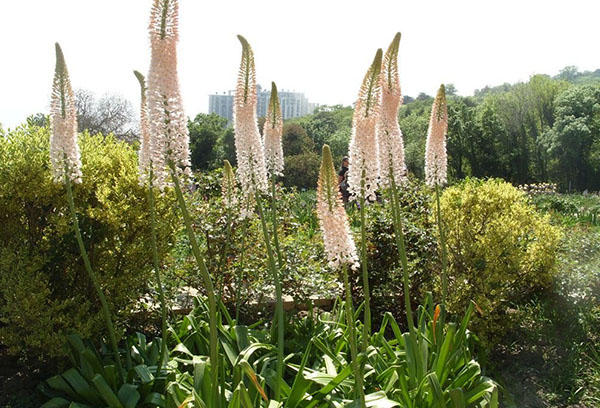
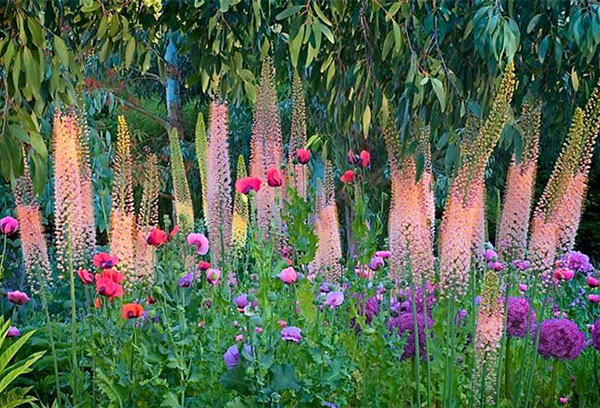
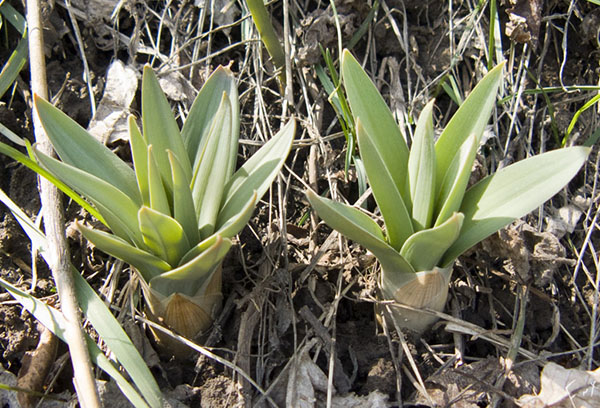
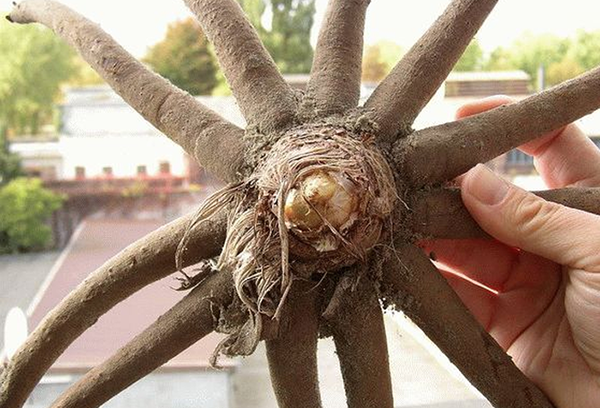
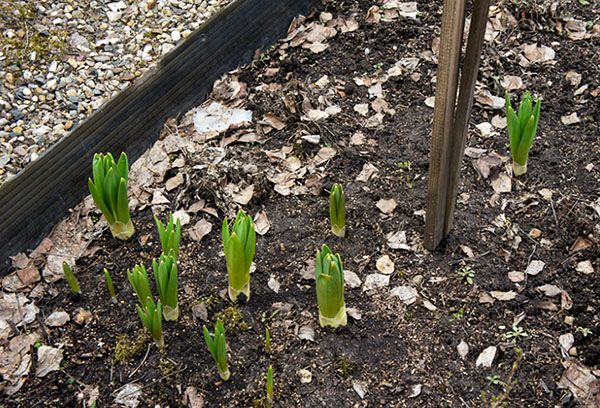
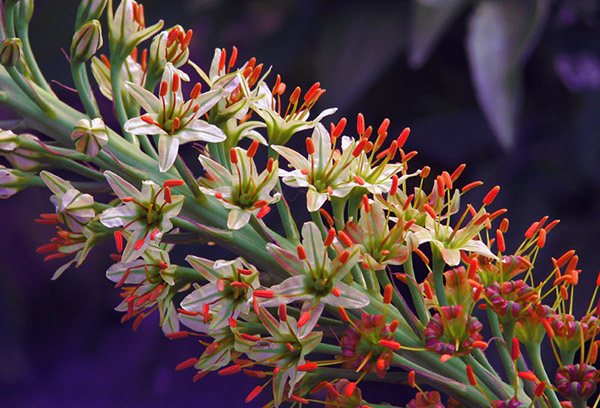
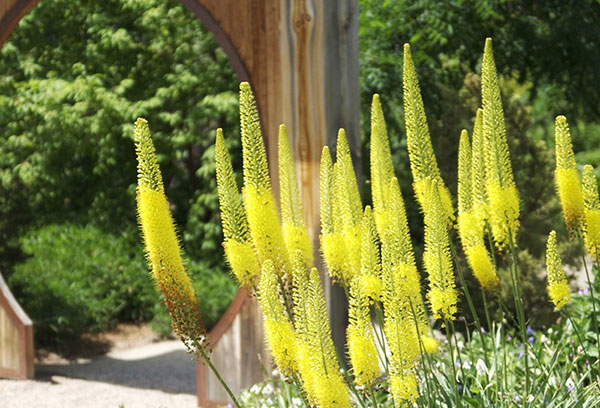
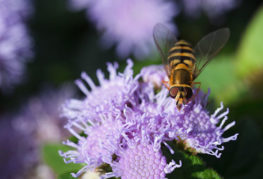

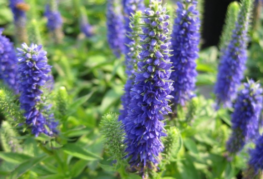
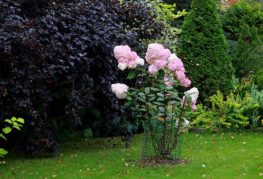
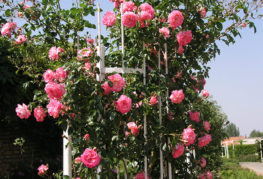
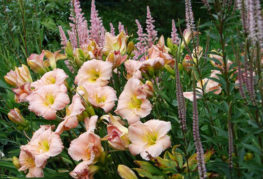
and will be published shortly.